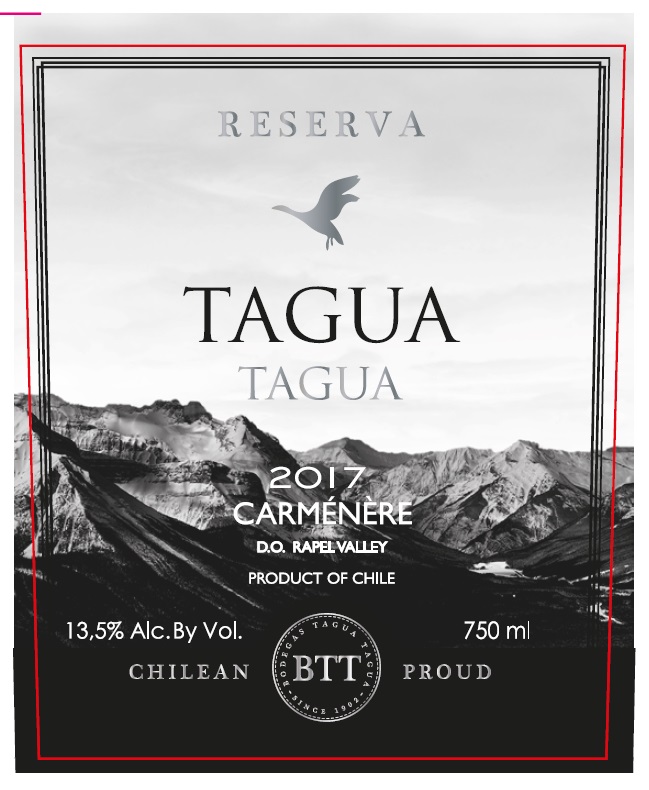2017 Rapel Valley Carmenere
Bodegas Tagua Tagua Carménère Reserva from the 2017 vintage is a stunning representation of the Carménère varietal, hailing from the beautiful Rapel Valley. This red wine boasts a full-bodied character, making it a delightful companion for hearty dishes or a cozy evening by the fire. With its bright acidity, this wine provides a refreshing lift that enhances the experience. The fruit intensity is prominent, revealing luscious notes of blackberry and plum, while subtle hints of spice and green bell pepper add complexity. The tannins are structured yet approachable, offering a firm backbone without overwhelming the palate. Additionally, this wine is produced in a dry style, allowing the fruit flavors to shine through beautifully. Overall, Bodegas Tagua Tagua Carménère Reserva is a well-rounded and enjoyable wine, perfect for any occasion.
Bodegas Tagua Tagua Carménère Reserva from the 2017 vintage is a stunning representation of the Carménère varietal, hailing from the beautiful Rapel Valley. This red wine boasts a full-bodied character, making it a delightful companion for hearty dishes or a cozy evening by the fire. With its bright acidity, this wine provides a refreshing lift that enhances the experience. The fruit intensity is prominent, revealing luscious notes of blackberry and plum, while subtle hints of spice and green bell pepper add complexity. The tannins are structured yet approachable, offering a firm backbone without overwhelming the palate. Additionally, this wine is produced in a dry style, allowing the fruit flavors to shine through beautifully. Overall, Bodegas Tagua Tagua Carménère Reserva is a well-rounded and enjoyable wine, perfect for any occasion.




